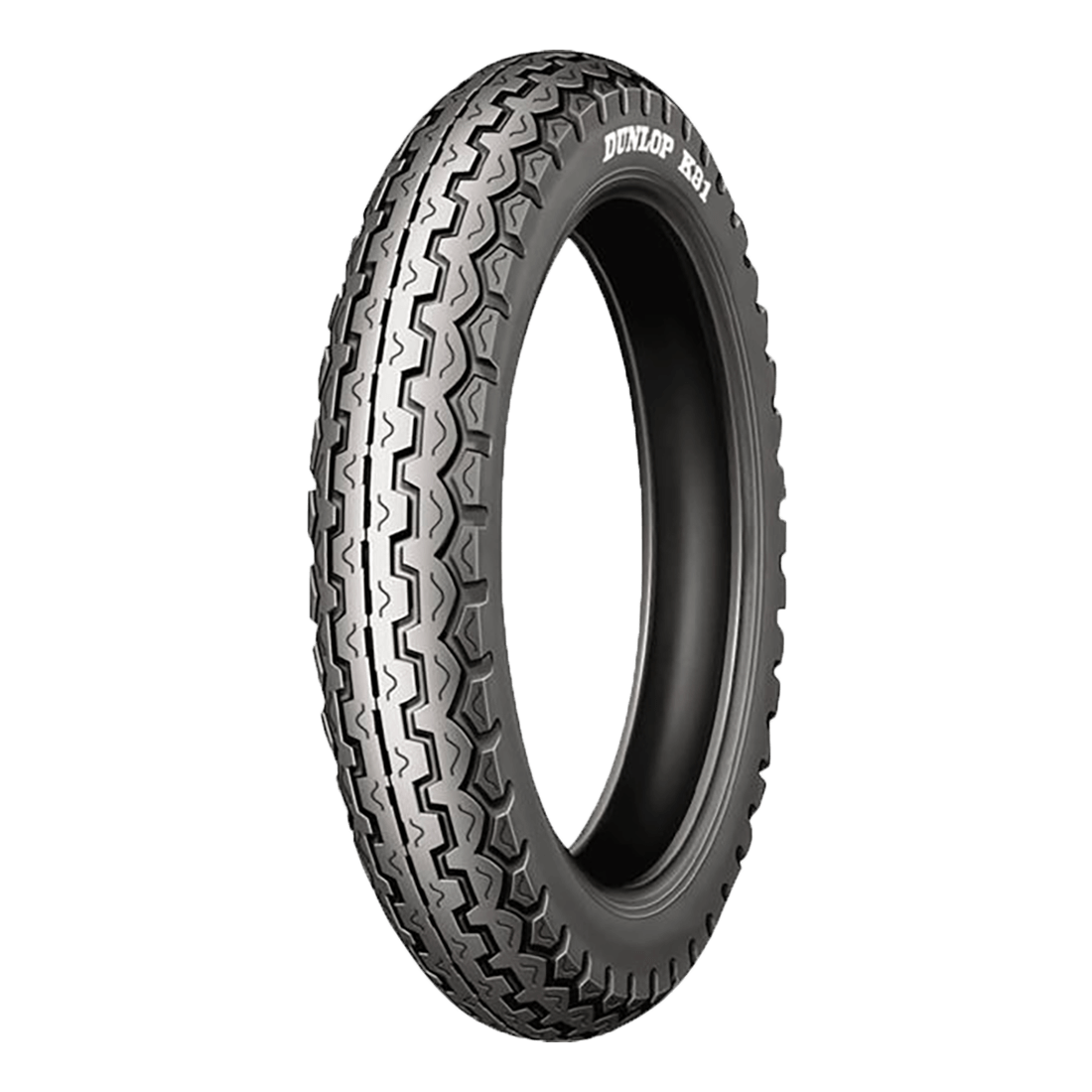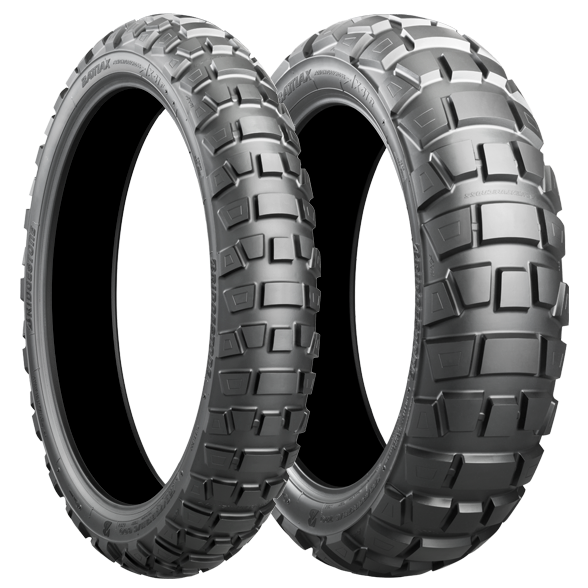Everything about the Necessary Motorcycle Tire Overview for Optimum Bike Maintenance and Efficiency
The Necessary Motorcycle Tire Guide functions as an important source for bikers seeking to boost their bike's efficiency and safety and security. motorcycle tyre guide. It supplies insights right into different tyre types and requirements that influence dealing with and sturdiness. Furthermore, understanding correct maintenance methods can greatly extend tyre life. Nonetheless, several cyclists forget crucial factors that influence their riding experience. Checking out these facets can result in educated choices that eventually boost both safety and enjoyment on the roadway
Recognizing Bike Tyre Types
When choosing bike tyres, comprehending the different kinds offered is vital for peak performance and security. Motorcyclists encounter various tire classifications, each made for certain riding designs and problems. Sporting activity tyres highlight grasp and responsiveness, making them ideal for high-performance bikes and track use. Visiting tyres, on the various other hand, concentrate on resilience and comfort, ideal for long-distance trips. Off-road tires include aggressive tread patterns, providing grip on unequal surfaces, while dual-sport tires use flexibility for cyclists that shift in between off-road and on-road conditions.Additionally, cruiser tyres are designed for stability and a smooth experience, catering to the one-of-a-kind requirements of cruisers and visiting bikes. Recognizing these categories enables cyclists to choose tyres that align with their riding behaviors and ecological conditions, ultimately enhancing both safety and efficiency. Each type plays a critical function in ensuring a premium riding experience tailored to the specific motorcyclist's needs.
Key Tire Specifications Described
Choosing the ideal motorcycle tires includes greater than simply understanding the numerous kinds; it likewise requires experience with crucial specifications that influence efficiency and safety. Key requirements include tyre dimension, which is typically expressed as a series of numbers suggesting width, facet ratio, and edge size. This code is necessary for guaranteeing compatibility with the motorcycle.Another vital requirements is the tons index, suggesting the maximum weight a tire can support. The speed score represents the optimal speed a tire can safely take care of, vital for efficiency enthusiasts.Additionally, walk pattern and rubber compound impact grasp, security, and wear characteristics. Tyres with a softer substance tend to supply much better hold but wear quicker, while tougher compounds last longer yet might sacrifice traction. Comprehending these specs allows bikers to make educated choices, boosting both their safety and riding experience.
Just how to Select the Right Tyres for Your Bike
Just how can a biker warranty they pick the right tires for their motorcycle? Selecting the appropriate tires involves understanding the details requirements based upon riding weather, style, and surface problems. Cyclists must first seek advice from the motorcycle's guidebook to identify recommended tire dimensions and specifications.Next, they must assess the kind of riding they plan to do-- whether it's travelling, visiting, or off-road. Each group has distinctive tire styles customized for optimal performance.Additionally, cyclists must assess step patterns; deeper footsteps offer far better grip in wet problems, while shallower footsteps enhance security on dry surfaces.Lastly, it is necessary to analyze the tyre's construction and material, as these elements influence resilience and handling (motorcycle tyre guide). By evaluating these aspects very carefully, a cyclist can confidently select tyres that enhance safety and security, performance, and total riding experience
The Value of Tyre Stress and Maintenance
Tyre pressure is a considerable facet of bike maintenance that directly influences safety and performance. Keeping the right tyre pressure assurances excellent contact with the roadway, enhancing grasp and security during rides. Under-inflated tires can lead to boosted rolling resistance, leading to bad gas efficiency and excessive wear on the tires. Conversely, over-inflated tires may decrease and cause a rough ride grip, specifically in damp conditions.Regularly monitoring tyre stress, preferably prior to each experience, is crucial to maintaining the motorcycle's total efficiency. Riders must describe the producer's specs for the advised stress levels. Additionally, checking tyre condition and adjusting stress according to tons and riding problems is necessary for safety. Proper tyre maintenance contributes to expanded tire life-span, much better handling, and boosted braking efficiency. Ultimately, constant focus to tyre stress and maintenance is crucial for assuring a secure and enjoyable riding experience.

Identifying Signs of Tyre Wear and Damages
Identifying indicators of tire wear and damages is crucial for keeping motorbike security and performance. Key signs include examining tread depth and conducting a detailed visual inspection for any type of noticeable damages. Addressing these factors quickly can avoid more issues when traveling.
Tread Depth Assessment
As cyclists take to the roadways, the web link significance of assessing tread deepness can not be overstated, since worn or damaged tires can considerably affect safety and security and efficiency. Step deepness straight impacts grip, braking distance, and cornering security. To analyze step deepness, cyclists ought to use a tread depth scale, determining the grooves at numerous points throughout the tyre. A deepness of 2mm or less indicates substantial wear and necessitates instant replacement. In addition, motorcyclists can utilize the "penny examination" by placing a coin right into the tread; if the top of Lincoln's head is noticeable, the tyre is as well used. Routine checks ensure peak hold on diverse road problems, advertising a much safer riding experience while improving the overall handling of the motorcycle.
Visual Damage Inspection
Examining motorcycle tyres for visual damages is crucial for keeping security on the roadway. Bikers ought to consistently examine tyres for indications of wear such as splits, protrudes, or leaks. Irregular wear patterns might show positioning problems or incorrect inflation, leading to jeopardized efficiency. Additionally, looking for foreign things installed in the walk can prevent potential blowouts. Bikers ought to pay close interest to the sidewalls, as any kind of cuts or abrasions can damage the tire's structure. Making certain that the tread is devoid of extreme wear is essential for ideal grip. Normal visual assessments not just enhance security however additionally lengthen the life of the tyres, ensuring a smoother and more reputable riding experience. Timely detection of damage can prevent pricey repair work and crashes.
Seasonal Tire Factors To Consider for Different Riding Problems
When taking into consideration bike tyres, seasonal conditions play a vital role in performance. In damp weather condition, tyres designed for boosted grip and water variation end up being necessary for security. Additionally, winter season riding needs certain tyre attributes site to ensure peak grip on chilly, potentially unwelcoming surface areas.

Damp Climate Performance
Damp climate condition existing unique challenges for motorcyclists, making the selection of tires essential for safety and performance. Tires created for wet climate normally feature deeper treads and specialized rubber substances that enhance grasp on unsafe surfaces. These tires are crafted to channel water away, minimizing the threat of aquaplaning and enhancing security during rain. Motorcyclists should consider tyres with a well balanced design, offering both grip and toughness in wet conditions. Additionally, maintaining appropriate tire pressure is vital, as under-inflated tyres can compromise efficiency. Normal inspections for wear and damage are essential to assure peak function when confronted with rain-soaked roadways. Choosing proper wet-weather tires ultimately adds to a much safer and more satisfying riding experience.
Wintertime Tyre Requirements
Riding in winter problems poses unique challenges that necessitate certain tyre demands to guarantee safety and performance. Winter months motorbike tires are created with deeper treads and softer rubber substances, offering improved hold on slippery and chilly surfaces. This is crucial for keeping grip on ice, snow, and damp roads. Furthermore, winter months tires frequently include an one-of-a-kind walk pattern that aids channel water away, decreasing the threat of aquaplaning. Motorcyclists ought to additionally take into consideration the tyre's temperature resilience, as efficiency can lessen in extreme cold. It is essential to regularly inspect tire stress, as it can drop substantially in lower temperature levels. By picking the proper wintertime tyres, motorcyclists can navigate rough conditions with higher self-confidence and stability, making sure a more secure riding experience.
Tips for Appropriate Tyre Storage Space and Durability
Proper tire storage space is important for keeping their long life and efficiency over time, as overlooking this facet can cause premature deterioration. To guarantee excellent storage space, it is important to maintain tires in a trendy, dry setting far from straight sunshine and sources of warmth, such as radiators or heaters. Too much warm can trigger rubber substances to break down, compromising the tire's integrity.Additionally, tyres must be kept upright or piled horizontally, depending upon their kind. If piled, it is suggested to turn them regularly to stop level areas. Correct inflation is likewise important; tires should be blown up to the supplier's advised pressure to avoid deformation.Lastly, it is valuable to cover tires with a protective material to shield them from dirt and contaminants. Complying with these tips will certainly aid prolong the life of motorcycle tires, ensuring they stay risk-free and reliable for usage when the riding period returns to.
Regularly Asked Inquiries
How Commonly Should I Change My Motorbike Tyres?

Can I Mix Different Tyre Brands on My Bike?
Mixing different tyre brand names on a motorcycle is generally not recommended. Variants in walk patterns, rubber substances, and performance qualities can cause uncertain handling and compromised security, potentially boosting the threat of mishaps.
What Is the Lifespan of a Bike Tire?
The life-span of a bike tyre normally varies from 5,000 to 15,000 miles, affected by elements such as riding design, terrain, and tire upkeep. Routine inspections can help ensure peak performance and safety and security throughout their usage.
Just how Do I Get Rid Of Old Bike Tyres?
When disposing of old bike tires, they must be taken to marked recycling. Many local waste monitoring Related Site solutions also offer tire disposal programs, guaranteeing eco pleasant handling and compliance with local guidelines regarding tyre waste.
Are There Any Type Of Tire Guarantees Readily Available for Motorbikes?
Many motorbike tyre suppliers supply service warranties that cover flaws in material and craftsmanship. The specifics vary by brand and model, so it's important for cyclists to examine private warranty terms prior to purchasing new tyres. Off-road tires include hostile tread patterns, offering grip on irregular surface areas, while dual-sport tires provide adaptability for motorcyclists that shift between off-road and on-road conditions.Additionally, cruiser tyres are developed for security and a smooth adventure, providing to the special needs of cruisers and exploring bikes. Each category has distinct tyre styles customized for optimal performance.Additionally, motorcyclists need to analyze walk patterns; deeper treads provide better grasp in wet conditions, while shallower treads enhance security on dry surfaces.Lastly, it is crucial to examine the tyre's construction and material, as these variables influence resilience and handling. Correct tire upkeep adds to prolonged tire life expectancy, much better handling, and boosted braking performance. Appropriate inflation is likewise crucial; tyres need to be blown up to the supplier's suggested pressure to prevent deformation.Lastly, it is helpful to cover tyres with a safety product to secure them from dust and pollutants. The lifespan of a bike tire typically varies from 5,000 to 15,000 miles, influenced by aspects such as riding terrain, style, and tyre maintenance.